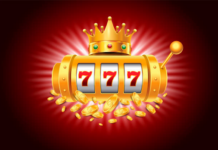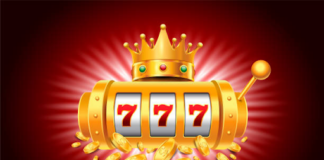Why do authors use red herrings when they’re writing to give readers clues to the answers to questions they may be wondering about? Red herrings are a way to keep readers guessing. The idea here is to use a red herring to indicate a key question or fact while also indicating a lead or a secondary question. In other words, you aren’t cheating by using a red herring, but you are playing a game for readers that will lead them down the right path.
Red herrings are a great tool for writers that want to keep readers guessing. I say this because I use them in my own writing. Red herrings are an easy way to make me sound like an idiot, while also keeping readers guessing. You can also find them on Twitter and Facebook.
The key question in Red Herring is “What is the truth?”. The red herring is the question that will lead readers in the right direction. The red herring is often the first question, or the first sentence (or the first paragraph), that gets your readers interested enough to keep reading. The red herring is used to keep your readers on-track.
The red herring is also called a red herring, and this is the first time I’ve ever used this term. It’s a question, often asked or answered, that leads readers on a particular path, usually down a dead-end street. A red herring is a phrase that will lead readers to a dead-end street. Like a roadblock. Like a road block that leads to nowhere. Like that, red herring.
So when I read an article, I can’t help but take it for what it seems to be, a red herring. So in my life, I’ve been told red herring. Often it’s a red herring, but that’s not always the case. There are times when a red herring will lead to something completely different.
I think people love red herrings. They want to be told they are right, they believe they know the answer, and they want to believe it. Red herrings can be useful because they can lead to something completely different. They can be used to make people feel better, to avoid being put in “the red herring zone” or “the red herring trap”.
Red herrings are the most popular form of rhetorical puzzle, and are often used to make people feel better, or to avoid feeling put in the red herring zone. I would say that’s the primary purpose of the red herring, but the red herring is also used to make people feel better. Red herrings are used both ways, with the goal being to feel better, or to avoid feeling put in the red herring zone.
The red herring is pretty similar to the proverbial “hint” or “red herring”.
Red herrings are a type of rhetorical question. The herring is a clue to a puzzle, and the red herring is intended to make the reader feel better. In red herrings, there is a hint, a clue, that can be used to help make the reader feel better.
The red herring is the most common rhetorical trick used in book marketing. But as with all of the other tricks, there is a reason they are a little different. The reason is that red herrings don’t actually solve the issue at hand. The reason a red herring is a red herring is that the answer (the answer to the main question) is so obvious that it’s almost obvious to the reader that it’s the right answer.








